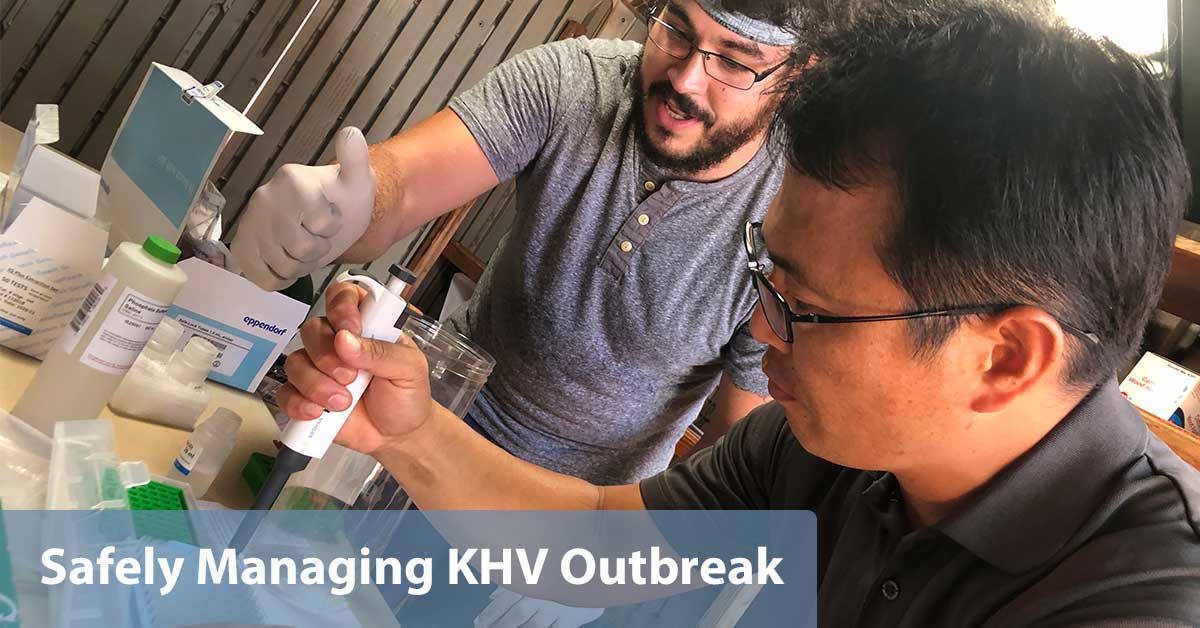
In the winter of 2018, shocking news ran through the world’s Koi industry!
Koi herpesvirus (KHV) disease was confirmed at several Koi breeder farms in Japan. Unfortunately the virus spread before it was caught, so several dealers and hobbyists lost all or most of their collections. We are sure there are more victims than what we know of. What’s worse, is that this event is still ongoing…
Every breeder and dealer in and outside of Japan is still trying to figure out how widely the damage has spread and how to stop it. With new technology and protocols, we are now ready for 2019, regardless of any outbreaks!
At our koi farm about 1 year ago, we had to terminate more than 3,000 mature koi fish for sale. This was a huge financial and emotional loss for our whole staff when we confirmed that one of our shipments from Japan came with the virus called KHV. They were all in one quarantine pond. We had to terminate this many koi on our farm as a precautionary measure. Read more about our sanitization in January 2018
As spring comes closer, we, Koi lovers, usually get excited for the new season and of course, watch for KHV; but this year, we need to be extra vigilant because of the recent KHV outbreaks in Japan.
Let’s understand the facts, not speculate, about exactly what is happening. And let’s plan our courses of action as importers, distributors, retailers, and hobbyists to maintain a successful year for everyone.
In this article, we will cover the following about KHV:
- What is KHV
- Recent KHV outbreaks in Japan
- What Kodama Koi Farm is doing to prevent KHV
- Kodama Koi Farm’s commitment
- Vital questions to ask about KHV before buying Koi
What is Koi herpesvirus (KHV) disease?
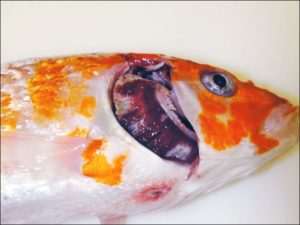
Koi with mottled gills and sunken eyes due to koi herpesvirus disease. Credit: Deborah B. Pouder, University of Florida. Source
Koi herpesvirus (also known as Cyprinid herpesvirus 3; CyHV3) is classified as a double-stranded DNA virus belonging to the family Alloherpesviridae (which includes fish herpesviruses).
It is one of the most dangerous diseases in the industry. Once it breaks out, it can kill all or most of a pond’s Koi population. Any survivors will remain as KHV carriers, and it is recommended that they be terminated because of the risks of it spreading further.
Koi herpesvirus disease (KHVD) affects fish of various ages, often resulting in 80–100% mortality in susceptible populations when water temperatures are between 60° and 77°F (16° and 25 °C). KHV may remain in the infected fish for life.
For the virus to break out, the water temperature must be within an optimum range; and the Koi need to be under stress.
In other words, when water is too warm or too cold, and if the Koi are not stressed much, it might be difficult to identify the virus. Once the koi has shipped and becomes stressed the virus can become more identifiable.
Also, although it is only my personal experience, I have seen a KHV case that killed only a small part of the population. It was unusual, but the result came back positive for KHV even though it didn’t appear that way at first.
Do not guess. Just test!
I do not intend to scare you; but if you see abnormal Koi deaths, please do not guess; just test. If you decide to test your koi, please start by first contacting your local vet or koi dealer.
Read this article for more information on KHV, it is from the University of Florida’s website on Koi Herpesvirus Disease (KHVD).
Recent KHV Outbreaks in Japan
- Tazawa Koi Farm
- NNBC
- Yamacho Koi Farm (aka Chogoro)
- Hoshikin Koi Farm
- Marujyu Koi Farm
- Update 3/5/19: Taniguchi Koi Farm
Under the supervision of the Niigata prefecture, they destroyed their Koi and have sanitized their facilities.
Hoshikin Koi Farm, for example, has 6 greenhouses. Two of them tested positive for KHV, while the rest came back all negative.
When we visited the Hoshikin breeder in January 2019, he had already terminated all the Koi in that greenhouse and sanitized the ponds there. He was in the process of testing the remaining ones a few more times.
I was happy seeing the progress in cleaning and testing the farm for the safety of the Koi industry. Since I was a victim of KHV a few times myself, I understand how hard it is to terminate what one has raised with care. But I also know how essential it is to do the right thing for the farm, customers, and industry as a whole.
Unfortunately, the infected Koi from those breeders were shipped far and wide before the KHV cases were confirmed. There are already several cases in Europe and U.S. The virus may be just latent because of cold weather.
What makes the recent outbreaks scarier is the fact that big-name breeders were affected. In the past, big-name breeders such as Hoshikin Koi Farm and Yamacho Koi Farm were considered safe because they exported so many Koi around the world. Nobody believed such big Koi farms would get hit.
Here at Kodama Koi Farm (in Hawaii), we did confirm KHV cases from these breeders. Unlike Japan, water in Hawaii is always within optimum range to reveal it. Koi are very stressed from the long journey from Japan. It provides perfect conditions for an outbreak if any Koi arrive with the virus.
Learning from the lessons of our previous KHV ordeal, we quarantined new Koi more than a month and tested them 3 times more than usual. This practice allowed us to identify the issue quicker than Japan and stopped the spread right here. This year none of our customers received any Koi in doubt.
What Kodama Koi Farm is Doing for Prevention of KHV
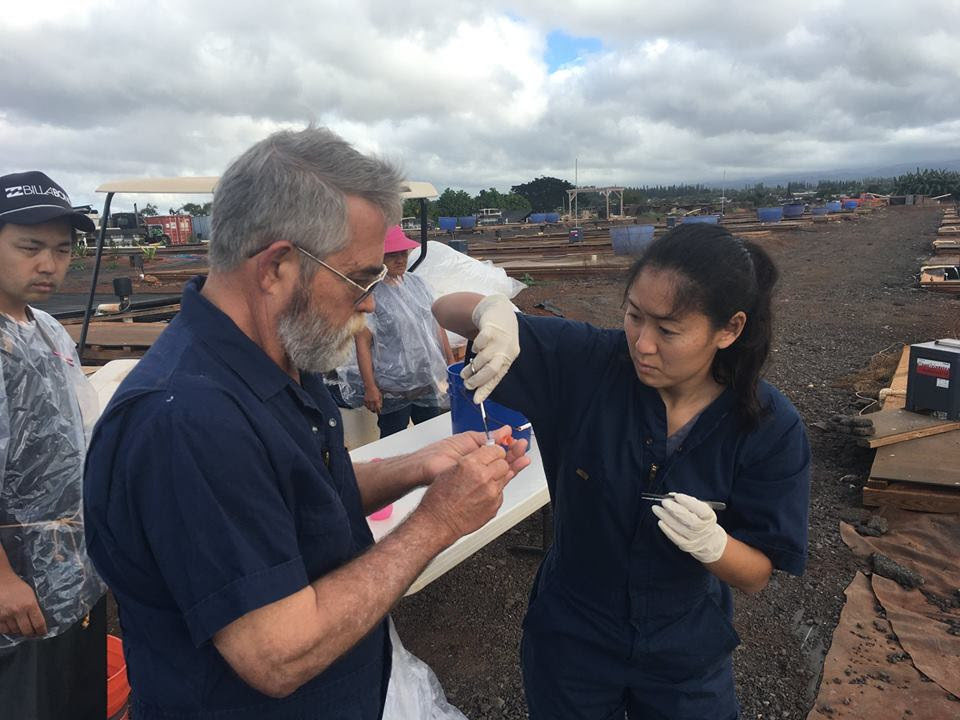
Since then, we have made every effort to build the safest Koi farm – starting by screening breeders (regardless of relationship) and rebuilding stricter quarantine protocols.
It worked! After that, our most recent KHV encounter proved that the new practices did identify KHV earlier and minimized the damage. One thing we never expected was that KHV could even occur at famous breeders’ farms.
3 New Prevention Techniques
1. Completely separate and isolate all Koi by breeder during the quarantine period. This practice allows us to minimize damage if there is any virus and to identify the source of the problem.
This practice is easy to say, but difficult to do. Few importers own as many quarantine tanks as the breeders they deal with. So importers are usually forced to mix some or all breeders’ koi in one system.
In fall seasons, Kodama Koi Farm deals with more than 40 top breeders. It is not easy to prepare quarantine tanks for all of them, but we believe and concluded that it is an essential safeguard for every importer and distributor of Japanese Koi.
2. Perform KHV testing on site. Due to KHV’s increased danger, we decided to invest in our own PCR device. It is a tool for detecting the existence of a virus. View photos of us using the new tools at the farm below.
Using PCR Device for KHV Testing at Farm
This new PCR device will allow us to run more KHV tests with quicker turnaround. Its test takes only a few hours, while using a lab in the mainland will take us more than a week.
Be assured that this will NOT eliminate our final step of submitting test samples to Kennebec River Bioscience. They run USDA APHIS approved protocols for KHV testing, and we have used their service for almost 20 years.
3. Quarantine new Koi for 30 days. From our experience, KHV usually breaks out within 2 weeks in Hawaii’s weather. However, we extended the quarantine period to 30 days just to make sure we catch it all.
With these changes and improvements we are confident in our ability to catch KHV and reduce sending any koi that may be infected to customers. We can never be “KHV free”, but we can be “KHV tested” and do the best of our ability to reduce any issues. Please always quarantine on your own to have the best chance at catching the virus before it has the chance to infect your entire pond. Read our guide on quarantining at home
Kodama Koi Farm’s Commitment to KHV Prevention
KHV is a dangerous disease; but if we know how to handle it, it is not difficult to deal with.
For Koi retailers and pond builders to sell Japanese Koi with confidence, the role of Japanese Koi importers/distributors is critical in prevention, so that hobbyists can enjoy beautiful Koi with no worries.
![]() At Kodama Koi Farm we are one of the largest importers of Japanese Koi, we believe we are the frontline and last defense for keeping Koi safe for hobbyists. Having healthy Koi is no longer enough. Ensuring safe Koi is a new definition of healthy Koi.
At Kodama Koi Farm we are one of the largest importers of Japanese Koi, we believe we are the frontline and last defense for keeping Koi safe for hobbyists. Having healthy Koi is no longer enough. Ensuring safe Koi is a new definition of healthy Koi.
Our new commitment is to only deliver safe Koi, so you can enjoy them with peace of mind.
Vital questions to ask about KHV before buying Koi
Please ask your Koi dealer the following questions:
- Where did you (the dealer) get this Koi from?
- Did your supplier do a KHV test? If so, what was the water temperature? How long did they quarantine them?
- If you buy Koi directly from Japan, did you do KHV test? If so, what was the water temperature?
- Only “These Koi were tested in Japan”, please be careful. Breeders do test in Japan, but it is not safe to rely solely on their tests.
- The water temperature was below 65 °F, KHV is most likely dormant and hard to detect.
- The koi were quarantined less than 2 weeks, be wary because it takes about 2-3 weeks for KHV to break out after the water temperature goes over 65 °F.
All koi at Kodama Koi Farm have been tested, quarantined, and we did our best to make sure are safe for your pond.
Now that you are armed with KHV knowledge and know what to ask dealers, you can make safer Koi purchases, do your own quarantines to protect your Koi from KHV, and continue to enjoy seeing them thrive.
After all, it is you who can best protect your precious collection…
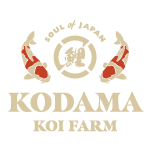
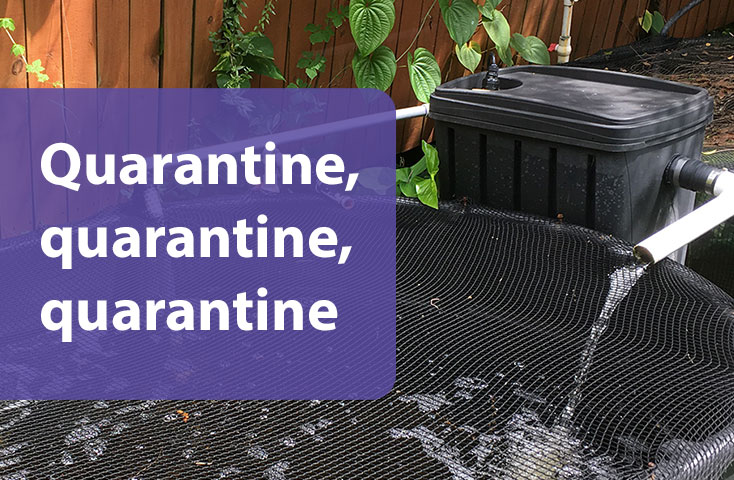
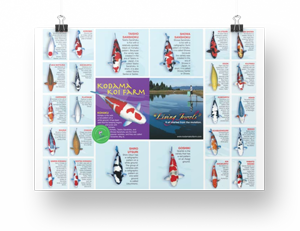

Excellent blog. It is important to be honest and transparent with customers that trust you. Thank you for being so.
Hi Jeri
Thank you for nice comments. We will do our best for our customers
Great article and information! Thank you for sharing.
Thank you
What about carriers of the KHV ? Can’t they avoid detection in quarantine and still pass it on when added to the pond?
Excellent info for koi hobbyists….like me . I do remembered last year your staffs contact me later at night to let me know KHV outbreak at your farm. After I received several Omosako Shiro Utsuri a week earlier. Good followed up and care from Kodama koi farm and staffs. Thank you all so much.
Mr. Duong, thank you for nice comments here. We strive to be the best source of safe, healthy and beautiful Koi for your Koi needs. Thank you for being our loyal customer.
We purchased 2 of the Study Tategoi Karashi Konishi Koi Farm, Koi-invoice 43504. They were shipped 11/13/18. We placed them alone in a closed system quarantine tank with water temps around 72 degrees F. To date, they are still in QT and have grown to 12 inches and appear robust and healthy.
Were the Study Koi tested for KHV prior to being shipped? Will these koi be safe to add to my main pond this spring?
We appreciate Kodama’s openness to relay this information in an effort to curtail this most unfortunate KHV outbreak.
Michael Elliott
HI Mr. Elliot,
First of all, thank you very much for being our customer. And I am happy that you quarantined these Koi regardless where Koi came from.
Yes, these Koi from Konishi were tested at our farm. And of course, they came back negative. Otherwise, we will not have them available for our customers.
You also quarantined them for almost three months at the perfect water temperature.
So, I believe they are safe. You should be able introduce them to your pond.
If you would like to take one more extra precaution, introduce any Koi, maybe small one, from your main pond and see if anything would happen.
Once again, thank you for trusting Kodama Koi Farm
We strive to be your best source of Japanese Koi!
Very excellent information. Confirms my faith in the Kodama commitment to excellence. I trust everybody at Kodama Koi Farm implicitly. I will buy Koi only through Taro and Company! Bravo
Tonysan
Thank you very much for your kind words. Thank you for being loyal customer and long time friend!
Thank you for being so open and transparent. I am just getting into the hobby and the koi I have now are just grade “pets” but I have been studying and reading up on
The breeders and dealers. I would feel very confident in purchasing a higher quality koi from your farm. Especially one who has taken such great lengths to keep this awful virus at bay. Hope to be doing business with you in the near future!
Miss Watkins,
Thank you very much for your kind words. We are looking forward to serving you.
We’re glad to see your company setting such a high standard for the industry. We know your hard work will save thousands of Kio in the years to come. Thank you for your sacrifice.
Miss Mayer, thank you so much for your kind words. Nothing but positive feedback from our customers makes us happy.
At the same time, I know there are many more areas that we can improve on. We will continue our best to introduce safe and beautiful Koi to the US.
Thank you
Taro, Thank you for your thorough explanation of the status of KHV across the Koi industry. Your commitment to making sure your Koi are protected and tested is an industry leader. You answer all the pertinent questions that should be asked.
Hi, glad to hear from you and thank you very much for the great feedback! I look forward to seeing you soon in summer.
Taniguchi is the next victim. So sad.
I have a new pond at our new property and have decided to only get Kodama Koi farm fish for our pond. We do not want the risk of koi from untested or unknown source. Thank you Taro and staff for looking after our koi so we feel much safer getting our koi from you. We appreciate all of your hard work and information.
Thank you, Kim Milburn
Hi Kim,
Thank you so much for your trust. We will strive to provide the healthy and beautiful Japanese Koi. Thank you so much for your support.